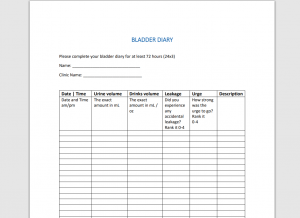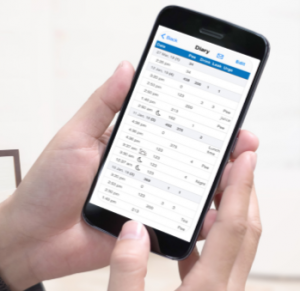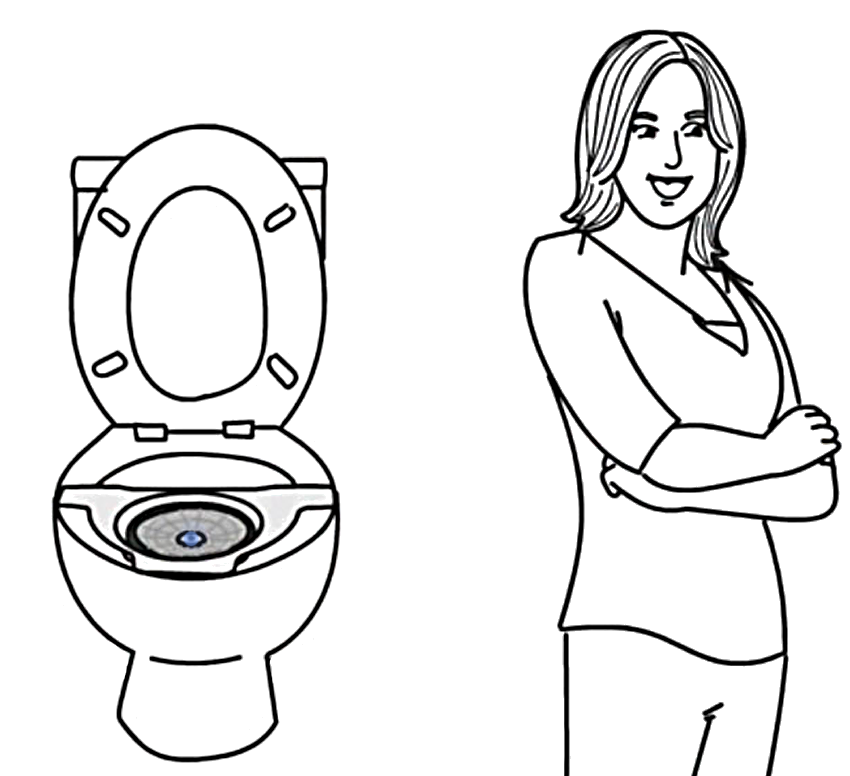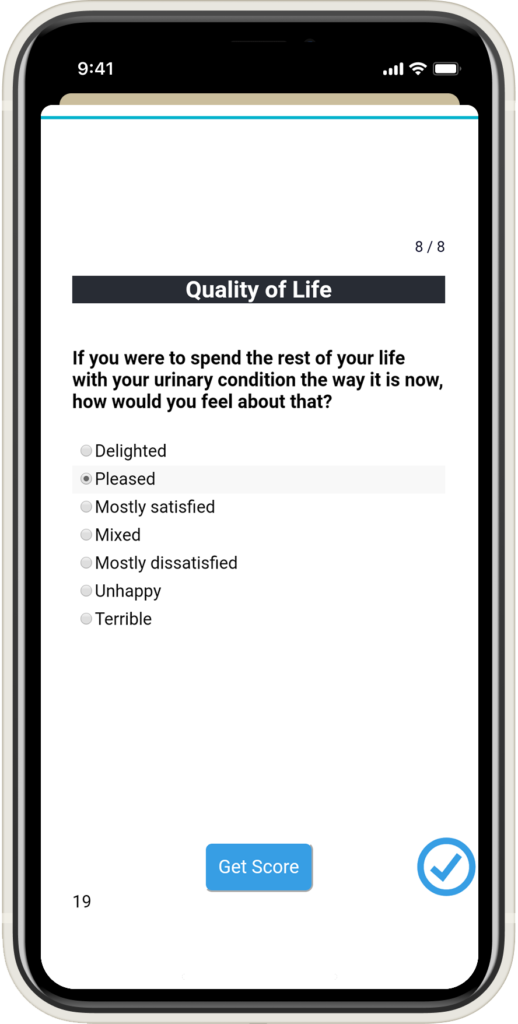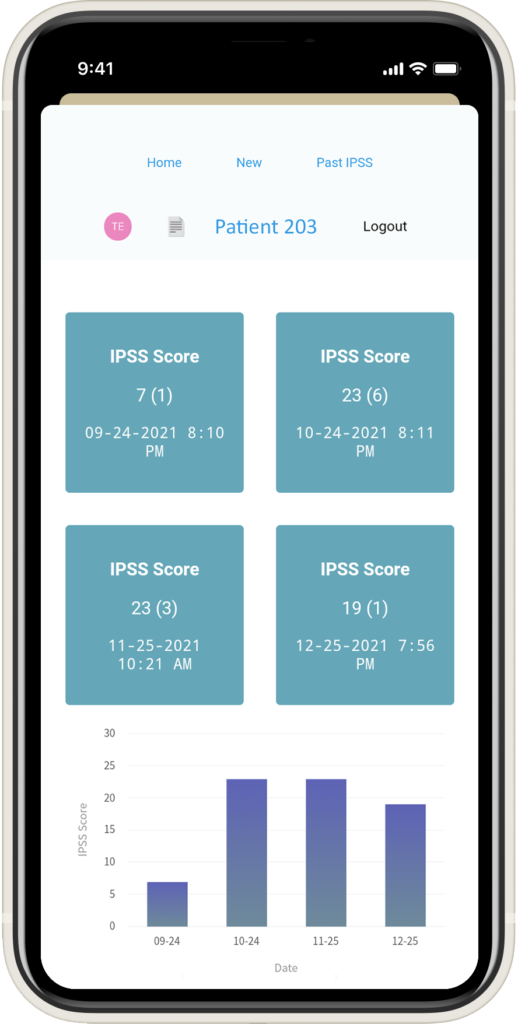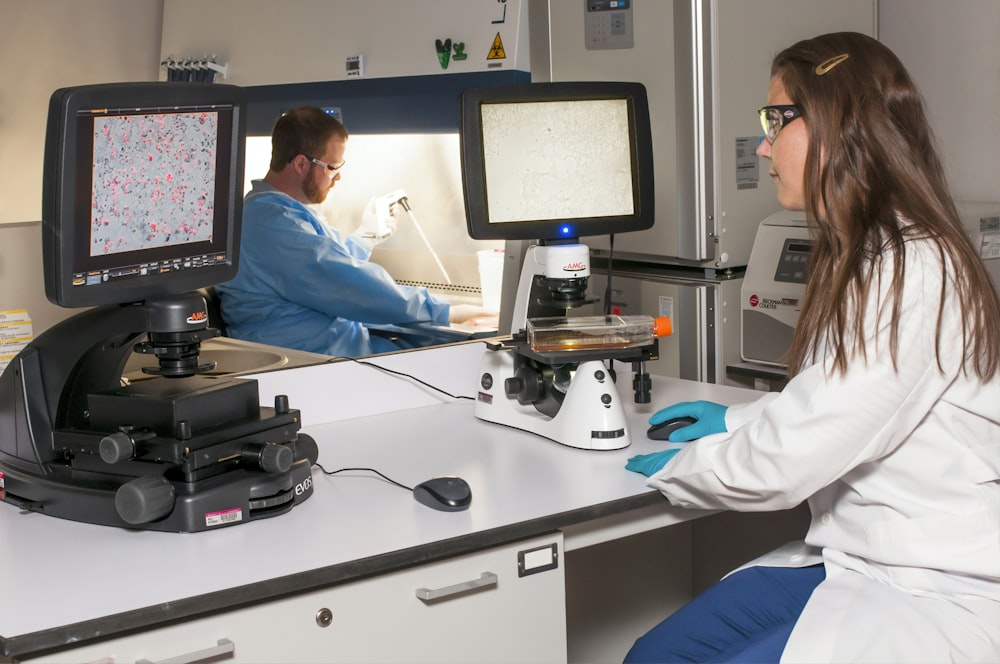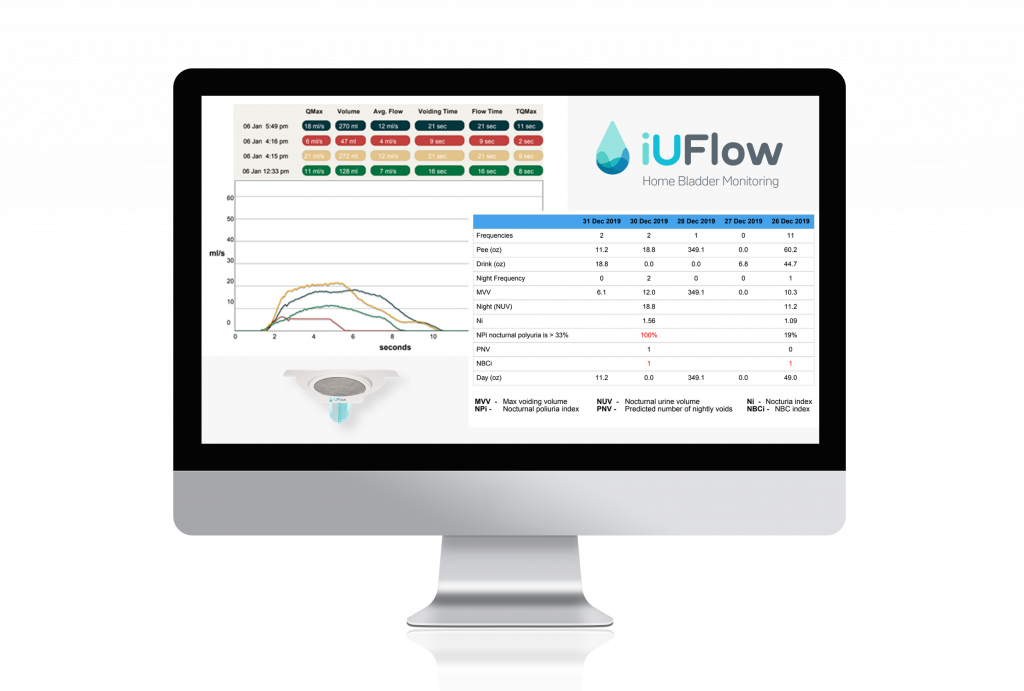back in the day, when someone felt ill, they would show up at a medieval physician’s door with a flask of urine, not necessarily their own. They would hand it over and demand a diagnosis, without giving any further details about the patient or their ailment. Can you believe it? This bizarre practice was called uroscopy and was considered the pinnacle of an objective diagnostic tool in those times. From the thirteenth through the sixteenth century, patients and their loved ones would resoundingly demand quick urine-based diagnoses and treatment protocols.
However, many physicians eventually grew to hate the practice. It was too obvious when they were wrong, and a wrong diagnosis could lead to serious consequences. Yet in certain regions of medieval Europe, especially German-speaking areas, the practice was seen as a display of a physician’s rare, special skills. Where the people saw only urine, physicians could infer all manner of ailments. A physician that hesitated to diagnose a patient based on urine alone might be perceived as unskilled.
Illustrated charts from medical treatises offer handy tips on interpreting the color, consistency, and sediment of urine. Perhaps due to its simplicity, and the logistical ease of not needing to examine the patient directly, should they be bedridden or a day’s ride away, the practice of uroscopy became quite popular. Once it was commonplace, even “plebians” began to hold it in high regard, even when physicians themselves maintained doubt. Perhaps there was something theatrically satisfying about a learned man waving around a flask of pee, looking at it from all angles, sniffing it, and making bold proclamations.
However, there were also charlatans and empirics who took advantage of any hesitation on behalf of physicians. These impostors had no qualms about gazing into the yellow liquid, making exact diagnoses and treatment recommendations on the spot for a fee. This sort of performative certainty was reassuring to people at a time when true anatomical knowledge remained scant.
Physicians were put into a bind: acquiesce to the demands to diagnose based off uroscopy alone and risk being wrong, or lose the patient to a charlatan who would do what they were unwilling to do themselves. There was an even worse outcome, deeply dreaded at the time – people might substitute wine, whey, or animal urine for their own urine to make fools of the physicians. With one’s reputation being of the utmost importance, this was a nightmare scenario.
Despite all of this, uroscopy remained a popular practice for centuries. While it may seem strange to us now, it was considered a valuable diagnostic tool at the time, and physicians would go to great lengths to protect their reputation and maintain their patients’ trust.
source: https://daily.jstor.org/early-doctors-diagnosed-disease-by-looking-at-urine/

